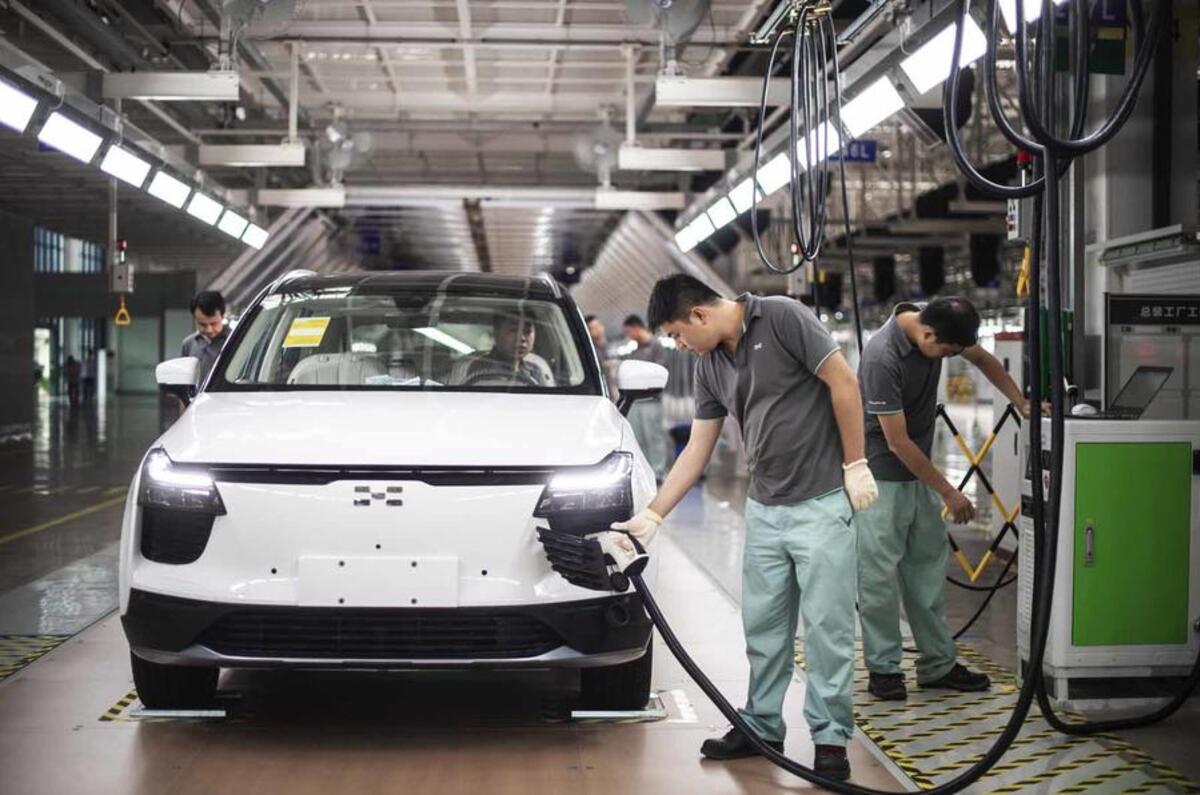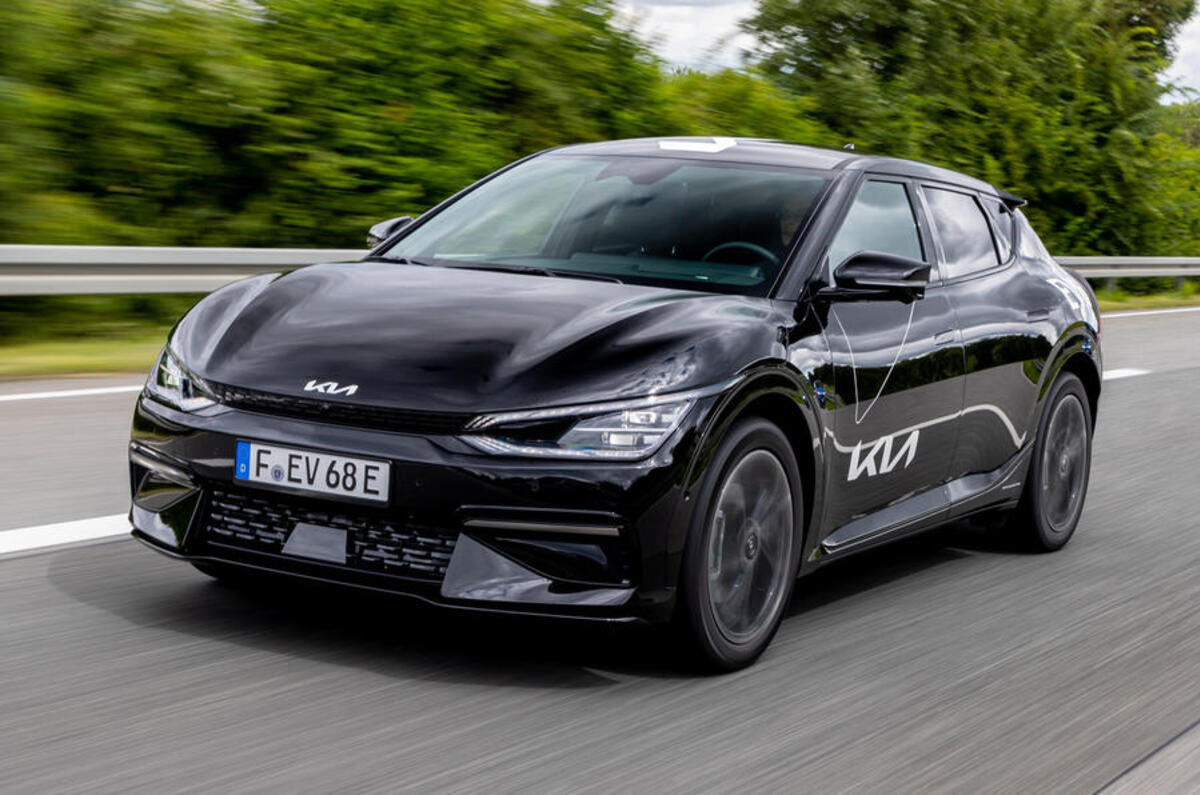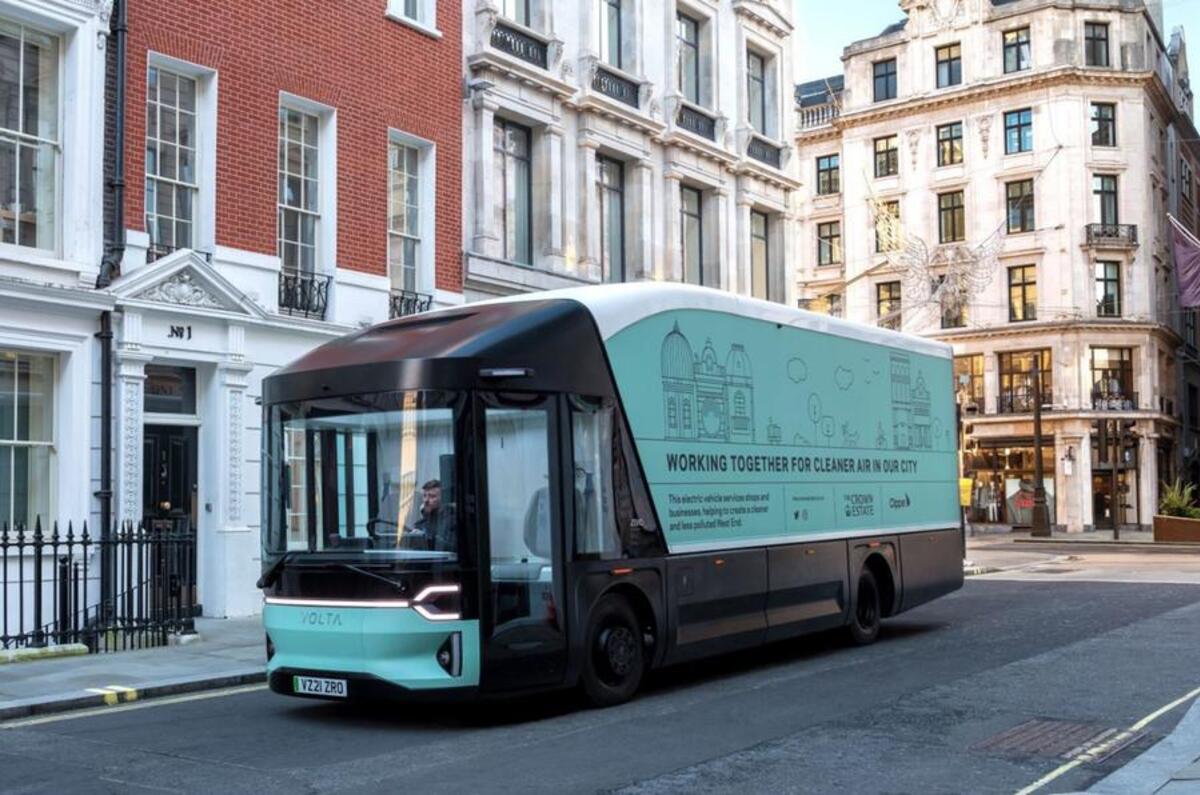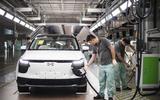How do you speed up the development of new cars? The issue is one that car makers have grappled with for decades as they fight to stay ahead of rivals and keep on top of new trends. However, the need to come out with relevant product has become much more acute as battery technology evolves ever faster and China in particular forces the pace of development to an extent not seen in traditional markets.
The penalty for getting it wrong has never been harsher, particularly given this EV and software-defined era. “The product lifecycle of vehicles is so long that by the time you’ve launched a new vehicle, the technology can be very old,” said Neil Endley, global director for turnaround services at quality consultants Trigo. “It’s like buying a TV, fixing it on the wall and, disappointingly, the first advert you see is for a brand-new TV that supersedes yours. The rate of technology is racing.”
The speed at which the Chinese are replacing vehicles in particular is worrying traditional car makers. Nissan CEO Makoto Uchida voiced that fear recently, referencing the pace of China’s brands. “They do have the speed to market, which we need to learn in the future,” he said, acknowledging it would require a very different corporate culture. “Do we do that as a Japanese enterprise? We do lots of testing and experimenting before we hit the road.”
For Autocar Business webinars and podcasts, visit Autocar Business Insight
Executives and engineers who have experienced China’s unique turn of development speed say it’s both illuminating and cautionary. “The pace is so fast [that] things can get done very quickly and they don’t get stuck in the corporate process,” one executive with experience of leading a global brand in China said, on condition of anonymity. He references a fairly big change needed for one of the brand’s models to keep pace with the competition.
“The Western engineers said 24 months. The Chinese engineers believed they could do it in six months,” he said. The solution involved so-called dual-path testing – ie testing different elements in parallel rather than sequentially to speed it up. “It showed me they were much more nimble and able to respond,” he said. “It’s partly energy and drive, partly just naivety [that] something’s going to work but won’t.”
One way that brands have sped up the process of designing and building a car over the years is increased use of simulation, particularly in the areas of crash testing, aerodynamics and fuel economy. One Chinese company, Jidu, a collaboration between tech firm Baidu and car giant Geely, is promising to decouple the software development from the hardware for its new autonomous car promised for 2023. The work done on the company’s virtual SIMUCar is then paired with the electric chassis to create what it calls “R&D efficiency”.











Join the debate
Add your comment
Make 6,000 dollar to 8,000 dollar A Month Online With No Prior Experience Or uio Skills Required. Be Your Own Boss And Choose Your Own Work Hours...Thanks A lot Here:______Moneystar1.com